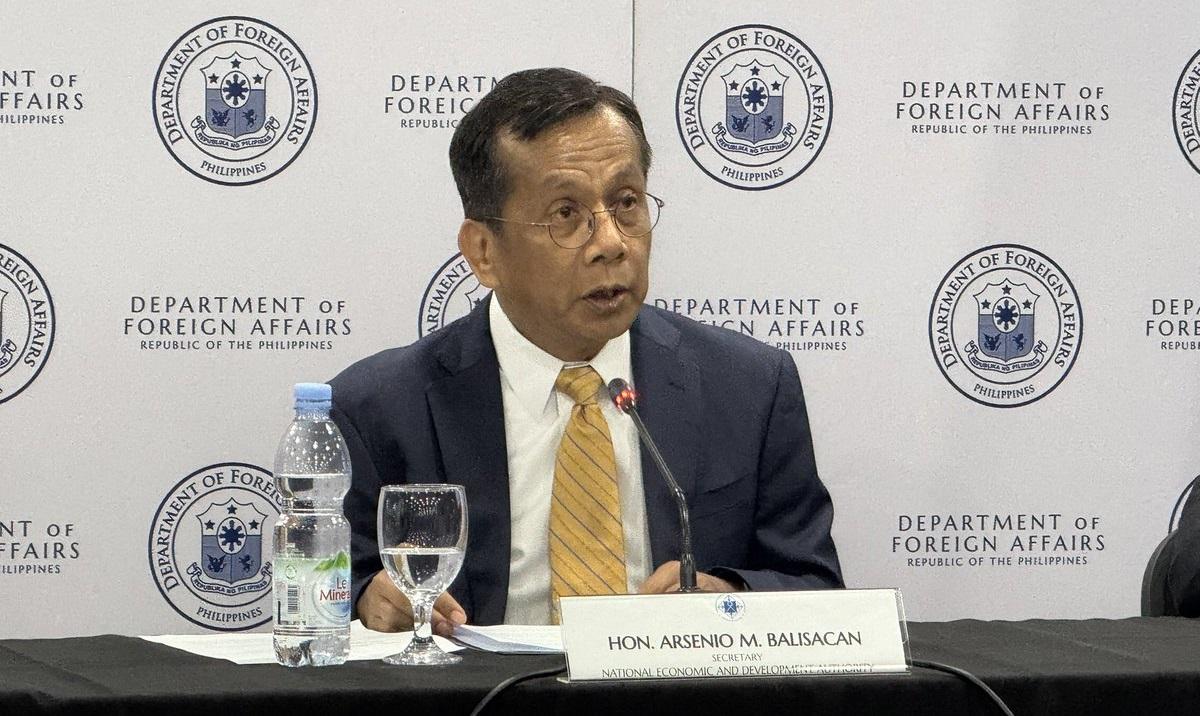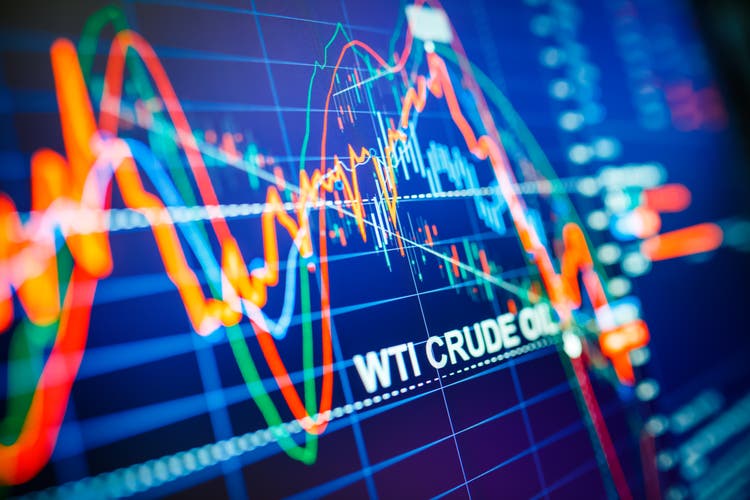There is no stopping the Philippines from elevating to upper-middle income economy status, not even the anticipated global growth slowdown resulting from a brewing trade war due to US President Donald Trump’s reciprocal tariff policy, one of the country's top economic officials said Thursday. “We anticipate graduating to upper-middle income country status by next year,” Department of Economy, Planning, and Development (DEPDev)—formerly NEDA—Secretary Arsenio Balisacan said a press conference in Pasay City on Thursday. The socioeconomic planning chief’s confidence was hinged on the assumption that the economy as measured by gross domestic product (GDP) will expand by 6% —the lower end of the Marcos administration’s growth target this year.
Balisacan, who earlier said that the Philippines is unlikely to hit the higher end of the target due to the US tariffs, said that economic assumptions have “taken into account trade policy uncertainties, risks [which] show a slowdown in the global economy and the Philippines is not exempted from that.” “But we still think that 6%..

. is still achievable..
. We are crossing our fingers, there are risks out there but we’ve been watchful, vigilant. We’ve adjusted policy tools to make sure our economy maintains its resilience amid uncertainties,” he said.
Under the World Bank’s latest classification as of July last year, the Philippines remains a lower middle income economy as its gross national income (GNI) per capita at $3,950 in 2022 fell within the bracket for lower middle-income economies of $1,136–$4,465, which was raised from $1,086–$4,255 a year ago. GNI per capita measures the country’s total income divided by its population. For fiscal year 2024, the World Bank classifies low-income economies as those with a GNI per capita of $1,135 or less in 2022; lower middle-income economies are those with a GNI per capita between $1,136 and $4,465; upper middle-income economies are those with a GNI per capita between $4,466 and $13,845; and high-income economies are those with a GNI per capita of $13,845 or more.
Currently, the Philippines is joined in the lower-middle income bracket by Vietnam ($4,010 GNI per capita); Laos ($2,360); Cambodia ($1,700); and Myanmar ($1,210). It trailed behind its neighbors, which are in the upper-middle income level: Malaysia ($11,780); Thailand ($7,230); and Indonesia ($4,580), which moved up this year from a lower-middle income status. Singapore ($67,200) and Brunei ($31,410) are in the high-income bracket.
Amid Trump’s reciprocal tariff policy affecting nearly all countries across the globe, including the Philippines which will be slapped a 17% levy on its goods entering America, Balisacan said that “we should not worry so much.” The country’s chief economic planner said the Philippines’ inflation has been slowing down in the first quarter of the year and interest rates have already gone down. “These are positive forces that should impact our domestic [demand].
.. We can calm down, while the trade part of the economy is weakened by this uncertainty.
We can count on domestic demand. Domestic demand has been the main driver of the economy over the years,” Balisacan said. “That makes us distinct from our neighbors who are dependent on global trade as a source of growth,” he said.
The tariff rate that would be imposed on Philippine goods would be relatively lower compared to its Southeast Asian neighbors with Brunei at 24%, Cambodia at 49%, Indonesia at 32%, Malaysia at 24%, Myanmar at 45%, Vietnam at 46%; with only Singapore to be charged the baseline 10% rate. — BM, GMA Integrated News.
Business

PH to be upper-middle income in 2026 even amid Trump tariffs --Balisacan

"We still think that 6% [growth] is still achievable... We are crossing our fingers, there are risks out there but we"ve been watchful, vigilant," DEPDev Sec. Arsenio Balisacan said.















